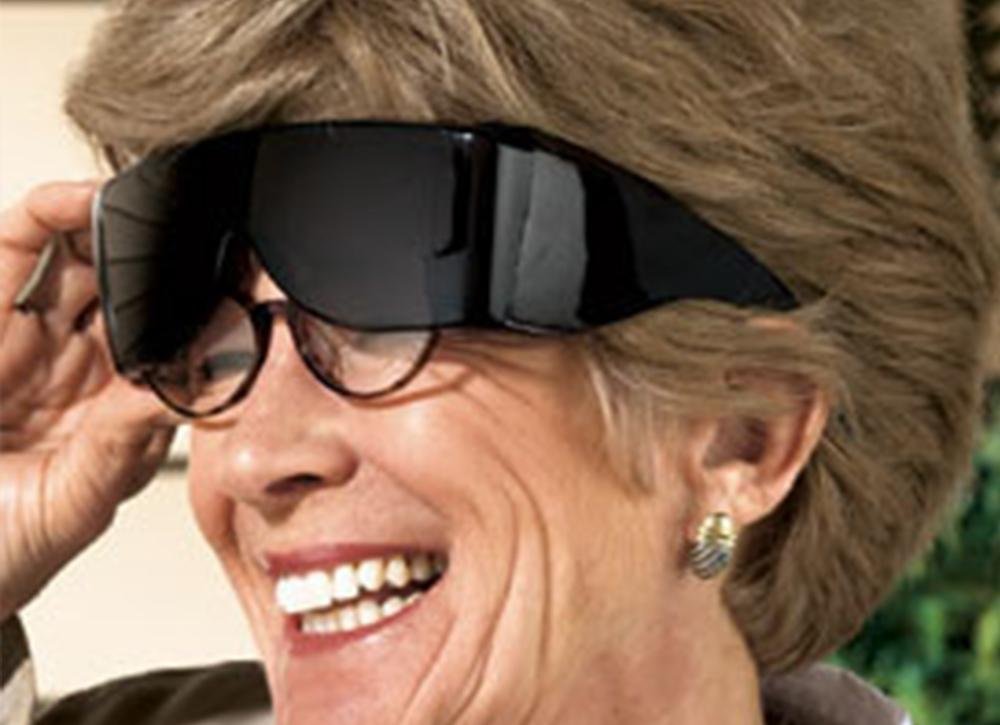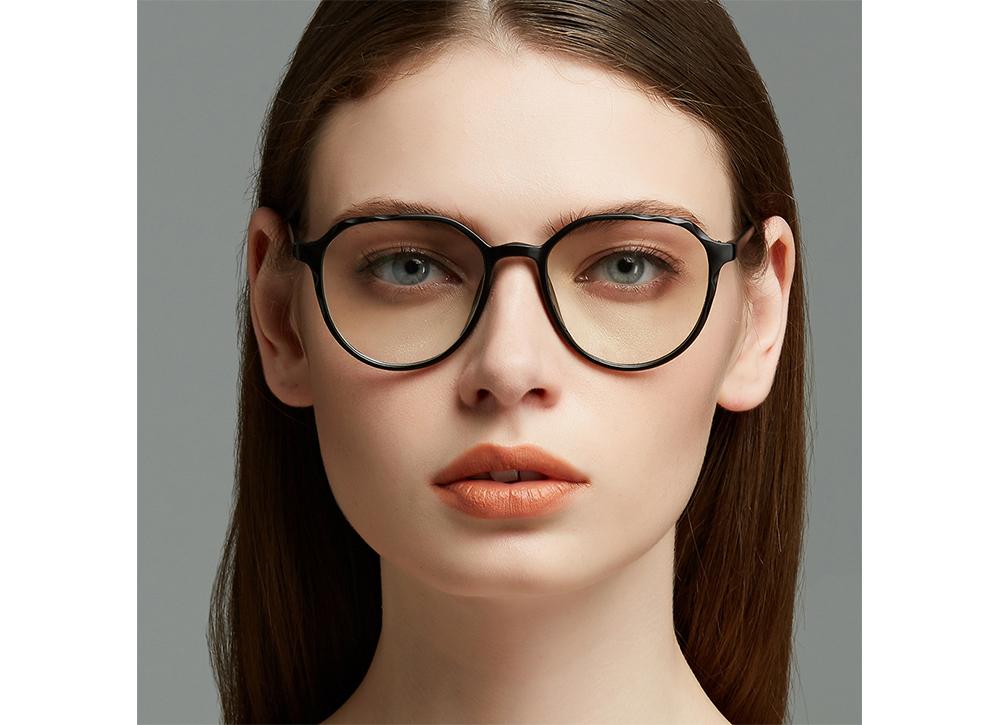In the previous article, we discussed “What happens to your eyes if you use the wrong prescription glasses?”. In this article, let’s talk about “Is the prescription for regular glasses the same as for sunglasses?”.
Medical Optometry Glasses
Professional medical 'optometry' is a complicated medical process. Glasses are a medical tool for correcting refractive diseases, and they are by no means a general commodity. Accuracy, durability, comfort and beauty are the criteria for evaluating the quality of glasses. The content of medical optometry includes the degree of optometry, eye position, accommodation, binocular monovision function, convergence function, binocular adjustment balance, and the discrimination of the dominant eye. Finally, a scientific optometry prescription is issued based on the above-mentioned various situations to achieve the purpose of wearing glasses clear, comfortable, beautiful and healthy. At the same time, medical techniques such as non-surgical correction of refractive errors and correction of strabismus have reached a higher level.(https://www.koalaeye.com/blogs/our-stories)
Optician prescription
According to the original lens situation, eye position, eye requirements, occupation, environment, living habits, etc., adjust and analyze the prescription of the lens. After the insert try-on, learn more about the customer's experience of the try-on, and ask if there is any distortion or unclear vision. , Whether there are headaches, eye swelling, dizziness, nausea, etc., openly listen to customer opinions, make corresponding adjustments and issue a prescription for glasses.
Prescription Sunglasses
Patients with refractive errors should choose prescription sunglasses. Prescription sunglasses are sunglasses specially formulated after refraction according to the wearer's refractive condition. People with good eyesight do not need to choose prescription sunglasses, only those with refractive errors or presbyopia. This kind of lens is not plain, but can correct myopia, hyperopia, astigmatism or presbyopia. Because these glasses need to be worn all day, both indoors and outdoors, most of them use color-changing lenses. There is no obvious difference in style between prescription sunglasses and non-prescription sunglasses. The lenses include bifocal lenses, focal progressive lenses, and presbyopic lenses. Prescription sunglasses can be made of a variety of materials, such as high refractive index materials, polycarbonate, plastic (CR-39) or glass. The first two materials are better and used the most.
Prescription sunglasses can be customized according to your needs. In addition to adding chemicals that absorb ultraviolet rays, dyeing materials can also be added during the production process of sunglasses lenses. In addition to dyeing materials, manufacturers have also developed the chemicals of filtering light that can absorb specific parts of the spectrum. They combine dyeing and filtering substances to develop sunglasses dyes for specific sports, such as golf.
Thank you for your time in reading our passage “Is the prescription for regular glasses the same as for sunglasses?”. For more information about sunglasses, please continue to follow https://www.koalaeye.com/blogs/our-stories. Also, it is welcome to share and forward to Facebook and Twitter.



































